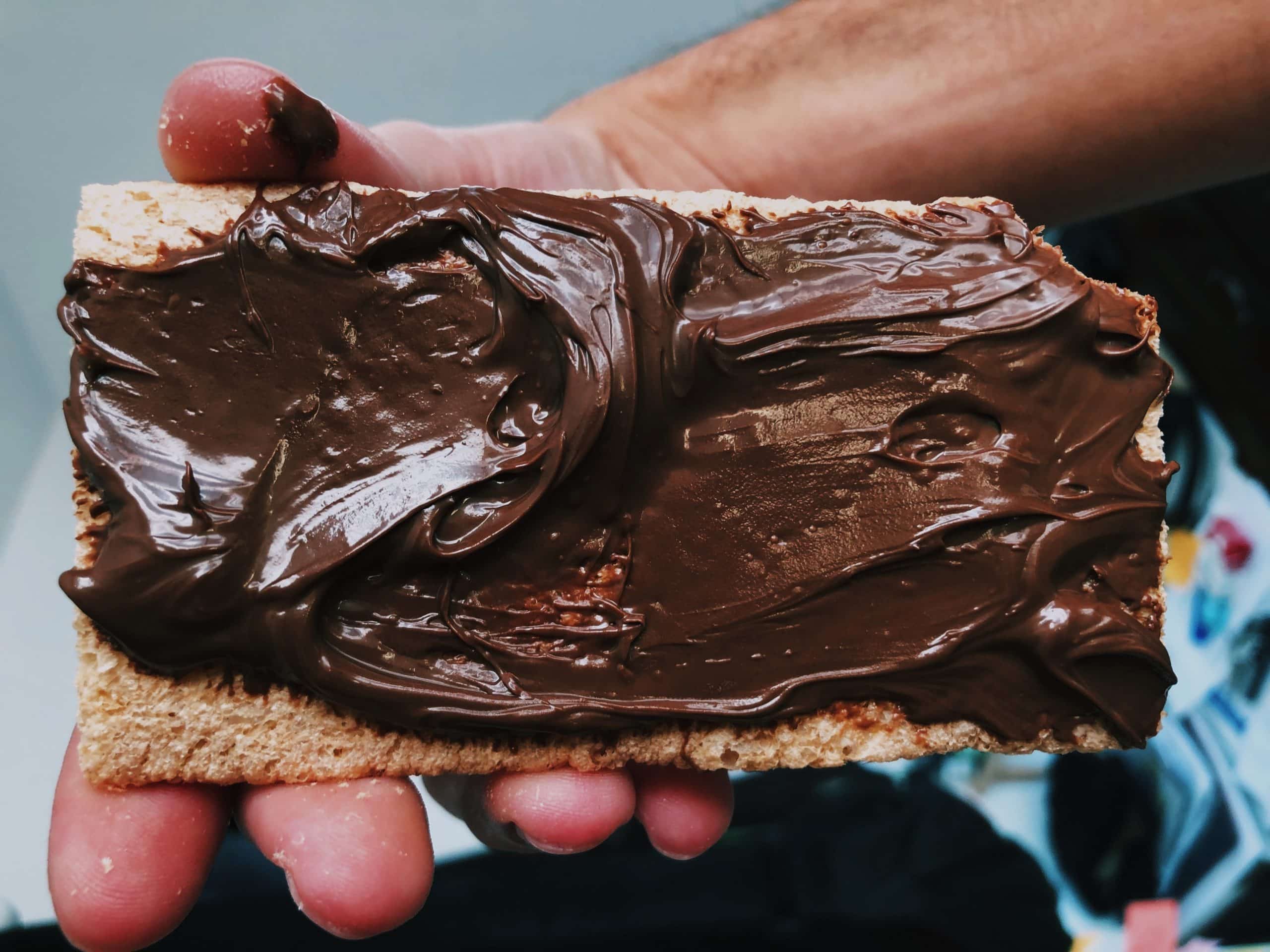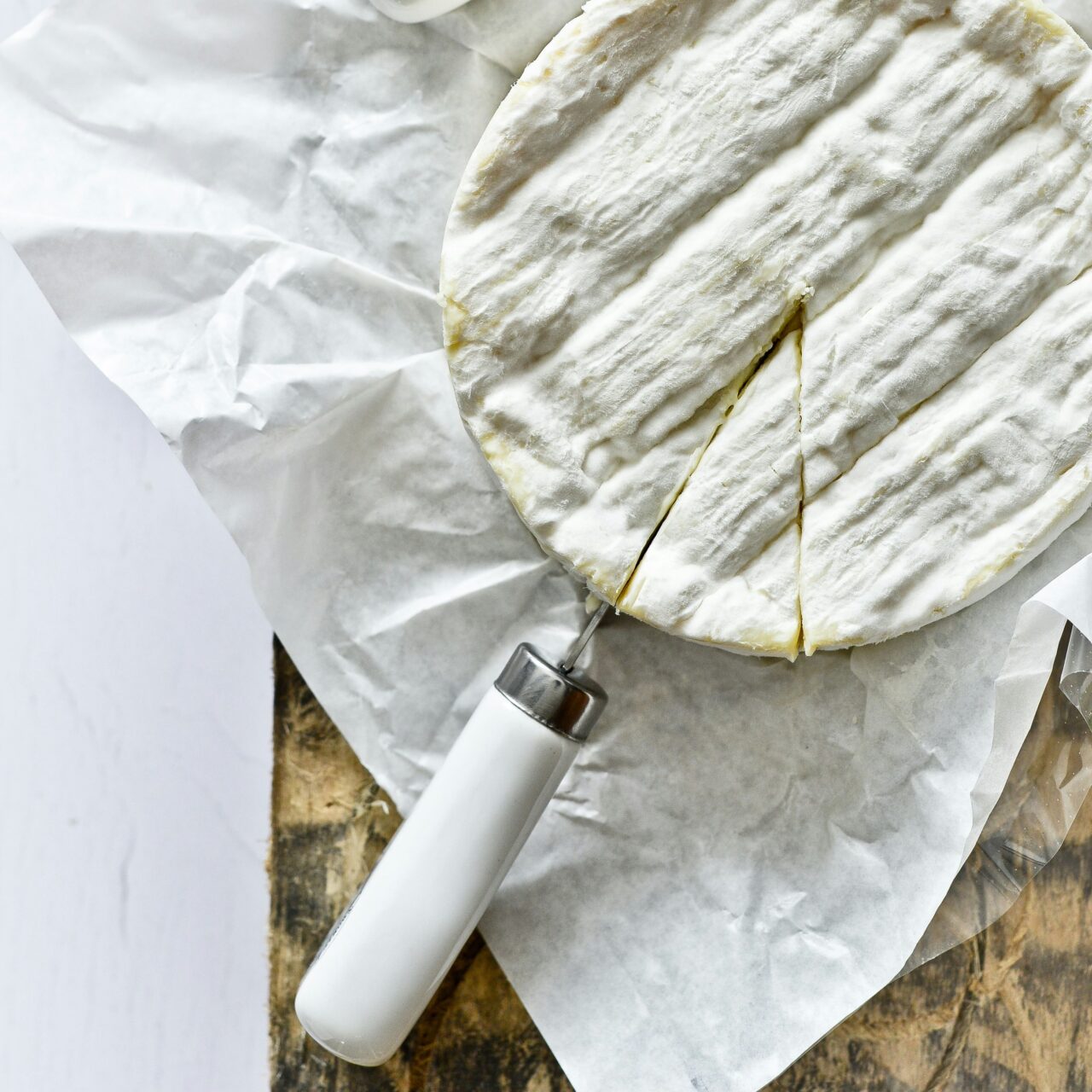Goûter means “to taste” in French, but le goûter is snacktime. In France, the elementary school day starts around 8:30 a.m., children eat lunch at about 11:30 a.m., and get home from school at about 4:30 p.m. Le goûter takes place at this time and is very ritualized. There’s a strict rule in France around meal times: besides breakfast, lunch and dinner, there is no snacking except during le goûter. But what do French kids eat during it? One thing that might surprise you is that they never eat salty foods like potato chips, but they do eat very sugary snacks like Kinder chocolates. Read on to learn everything you need to know about this famous French food tradition!
By Sophia Millman
The History of le goûter

Le Goûter au Jardin Public, Victor Gabriel Gilbert
Le goûter, sometimes called “quatre heures” (four o’clock) is a snack that French children—and some adolescents and adults—eat at the end of the afternoon. During the Renaissance, this meal was called le reciner, a word that can be found in Denis Diderot’s 18th-century Encyclopédie raisonné. Le goûter traditionally consisted of a slice of bread with a piece of chocolate or with butter and confiture (jam).
In 19th century France, the bourgeoisie began copying the English and served tea and cakes around 4pm. Nowadays, French adults often have a pause-café after lunch, but the word goûter has stuck around for children. French adults organize “les goûters d’enfants” and “les goûters d’anniversaire” (for birthdays!). Unlike in the US, children in France do not have multiple or irregular snacks. They have one goûter almost always at 4pm, a tradition that was institutionalized in French schools in 1941.
Les Tartines

For Americans, it can be hard to understand all the fuss over la tartine. “Isn’t it just an open-face sandwich?” you might ask, and our answer is: “No! It’s a chic sandwich, can be either savory or sweet, and has infinite variations, which makes it the perfect snack.” As you might know, France’s national breakfast isn’t a croissant. It’s butter, baguette, and jam: la tartine. French kids sometimes dip their tartines in hot chocolate, but they also just eat them plain as a snack after school.
Tartines are so popular in France that there’s a kids’ clothing brand named after them and there are a number of cookbooks devoted exclusively to them. Jean-Luc Petitrenaud’s 52 Tartines du Dimanche Soir (52 Sunday Night Tartines) was turned into a radio show that features tartines created by famous chefs.
- Practice your French: On this site, you’ll find three classic tartine recipes that the author learned from her grandmother.
- Check out two classic French paintings of tartines here and here (we love the women’s weird expressions!)
Les Biscuits et les Gâteaux

The word “biscuit” comes from the Middle Ages: “besquis” originally referred to small loaves of bread that were baked two to four times. Unlike what the French call “les gâteaux,” les biscuits usually have a crunchier texture. We would probably call les biscuits “cookies” in the US, although they’re not always very sweet in France. What is confusing is that les gâteaux could refer to cakes in the American sense, but also to little soft cookies that come in plastic packets.
- Popular biscuits for French children: Petits Beurre, Sablé (very similar to shortbread), Petits écoliers and Spéculoos (you can find these at Trader Joe’s).
- Popular gâteaux for French children: Madeleines (the brand Bonne Maman makes all kinds of these!), Quatre-quarts (poundcake), Financiers (little almond cakes).
Les Compotes
Une compote refers to any type of fruit that’s cooked into a sauce with a little sugar. In the US, we eat applesauce for dinner, but in France, la compote de pomme is eaten as a snack or as a dessert: it’s very rare to have it as an accompaniment with any meal. While kids in the US have juice boxes, kids in France are much more likely to have Pom’Potes, an extremely popular brand that’s sold under the name GoGo SqueeZ in America.
- Practice your French: See if you can understand what the little kid says in the Pom’Potes commercial above!
Healthiest and Unhealthiest Snacks

Yogurt, fromage blanc, fruits, and cereal bars are all popular snacks in France. However, not all French kids eat a healthy goûter. Nutella or chocolate with bread is a common snack which isn’t the most healthy. And then there are les danettes, the most popular crème dessert in France. Many French kids also eat candy like Haribo and Kinder.
In France, there’s a traditional school fair called la kermesse de l’école. At the end of June, teachers and parents get together to organize activities and stands related to a theme, which changes every year. At this party, children eat cookies, brownies, muffins and all sorts of other rich cakes, sweets, and snacks. This is the only time (other than at birthday parties) when French kids can get insane sugar highs.
- Practice your French: Watch this funny Danette commercial. It’s a play on their famous ad slogan “On se lève tous pour Danette” (we all stand for Danette)!
Differences between France and the US

As you’ve probably realized while reading this article, French snack foods aren’t necessarily healthy. Many are high in sugar and some are high in fat, too. But the French tend to better balance their snacks. For example, un petit français or une petite française will usually have a fruit, a sweet, and a glass of water or juice as a snack. An American kid, on the other hand, might have a soda, a bag of chips, and a packet of oreos all at once. Moreover, le goûter is sacred in France: there’s one snack time, and one snack time only. French kids don’t snack every two hours like American kids.
Here are some other major differences:
- Snacks and school lunches in France are not highly processed.
- In France, savory snacks like chips are for the “apéro.” Snacks for kids are almost always sweet and rarely salty.
- Cheese and crackers are also not a popular snack in France. Some kids eat the Laughing Cow’s Pik & croq, but you’ll never find things like string cheese in France.
- In the US, older kids who get home before their parents open the fridge themselves to find snacks. In France, this is very uncommon. French kids wait for their parents or caregivers to prepare their snacks for them.
- In the US, it’s common to see parents give their kids snacks at the playground, in the car, or really anywhere. This is not the case in France: French parents do not carry around little ziplock bags with snacks. They wait to give their children one snack at home.





